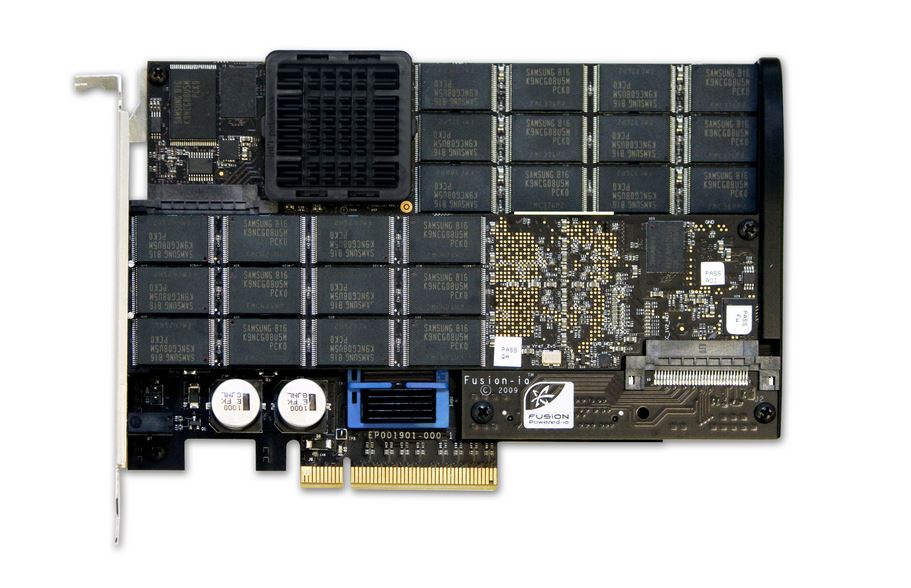Looking for Metro Storage Cluster (vMSC) solutions listed under PVSP? VMSC was EOLed in late 2015. You can find more information about vMSC EOL in this KB article.; vMSC solution listing under PVSP can be found on our Partner Verified and Supported Products listing. Itch.io won't take a cut of game sales on May 14th an hour ago. Discord is making it easier to find servers hosting live speakers 4 hours ago. Sony reveals new galaxy-inspired PS5 DualSense.

- We would like to show you a description here but the site won’t allow us.
- What driver is needed to use the Fusion-io ioDrive with. We will fully support the underlying installation on which these drivers. Nov 13, 2017 Hi, as FusionIO is still in the works for delivering ESXi 6 drivers - my question - did anybody in the community upgraded an ESXi 5.x with working.
- Fusion ioMemory SX300 / SX350 PCIe SSD Driver for Windows - ThinkServer Systems This package includes a device driver for Fusion ioMemory PCIe SSD supporting Windows Operating System. Supported Systems and Devices Fusion ioMemory™ - SX300.
As I described in a previous article, Fusion-IO cards are not natively supported by VMware ESXi.

After installing the card and restart the server, you can see that it claims there is no persistent storage available, not even a lun or local disk to be formatted:
So, we need to intall Fusion-IO drivers. They are available for ESX(i) 4.0, 4.1 e 5.0. Having driver in .vib format, you can use the usual method like any other third party driver inside an ESXi server, first copying the .vib file inside ESXi and then issuing this command from the command line (or via ssh):
Finished the installation you need to reboot ESXi, and when it comes up again you will have two new elements in ESXi: a new “IOMemory VSL” among the storage adapters, and a 600 Gb local disk (identified by ESXi as SSD):
From here, you can format the disk with VMFS and use it as a “common” local datastore, but also as host cache.
CIM Providers
If you want to monitor the card health and status, the only way to do it directly from ESXi is to install CIM Providers. Fusion-IO, like many other hardware vendors, gives you their CIM providers for several ESXi versions.
To install them in ESXi 5.0, you first need to place your server in maintenance mode.
You will then upload the software into ESXi, and you will install it using this command:
Dell Fusion Io Drivers Windows 7

Dell Fusion Io Drivers 2020
(no-sig-check is needed since the software is not digitally signed); you will finally put ESXi out of the maintenance mode.
the Fusion-IO card is now ready to host virtual machines.